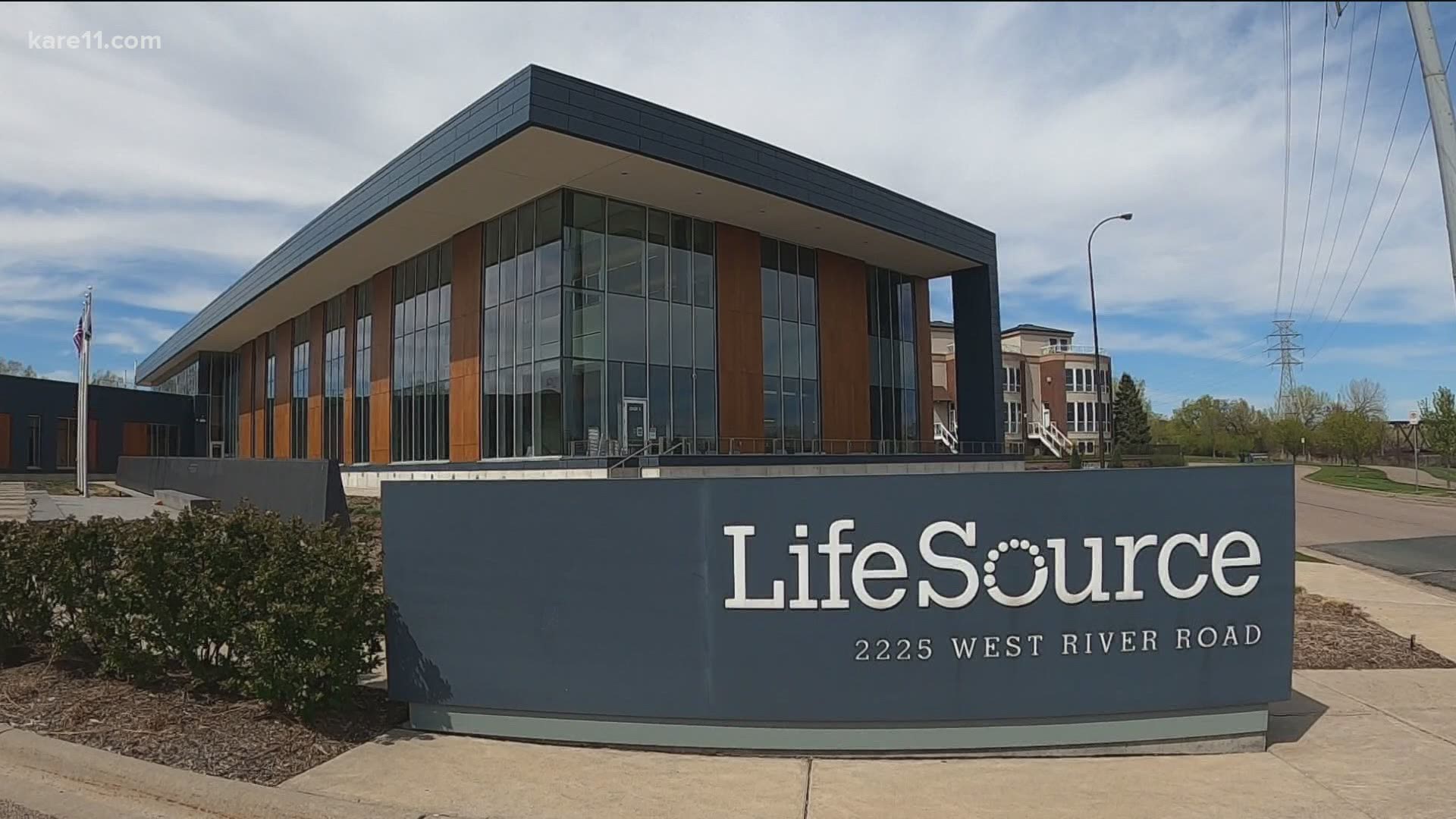MINNEAPOLIS — It might sound a bit like science fiction, but a multi-million dollar investment in cryogenic organ and tissue preservation at the University of Minnesota could help countless people in need of a transplant buy a precious resource: time.
Ask the CEO of LifeSource, which has facilitated organ and tissue transplants in Minnesota for more than 30 years, and she'll tell you that every single day is a battle with the clock.
"We have restrictions of just a few hours from the time the donor donates organs until we can get them into the recipient," said LifeSource CEO Susan Gunderson.
That's why Gunderson says she's excited to see a $100 million investment by government and private donors happening just a few miles away at the University of Minnesota.
"What we're really trying to do is stop biological time," said John Bischof, Director of the University of Minnesota Institute for Engineering in Medicine.
John Bischof is the Director of the University of Minnesota's Institute for Engineering in Medicine, which has just launched a new Organ and Tissue Preservation Center, with the goal of using cryogenic - or extreme sub-zero - storage, to create a human organ bank.
"The lower you go in temperature, the longer your preservation time," Bischof said. "So what we're trying to do is put these tissues and organs into a glass. We basically add biological antifreeze molecules and then we lower the temperature in such a way that we don't crystalize, but we go into a glass and the metabolism essentially stops. Then you're able to preserve that biological system essentially indefinitely."
Kent Erdahl: "I'd imagine it's one thing to freeze it, but it's another thing to thaw it out and make it work again. Is that where this research comes in?"
Bischof: "Absolutely, bringing back these systems that are in a glassy state, bringing them back has been a problem."
Much like an ice cube dropped in a glass of water, Bischof says if a frozen organ is reheated too quickly and unevenly, it will crack. To avoid that, he says the organs are perfused with iron oxide nanoparticles.
"Without touching the organ, we can have a radio frequency field that basically activates those nanoparticles and then uniformly and rapidly returns the organ, or the tissue, from this glassy state without cracking," Bischoff said.
He says the reanimation process has already worked successfully on insect and fish embryos, but the U of M is now working with LifeSource to see if it will translate to human organs.
"What this research will do is help us fight the enemy of time," Gunderson said. "I'm incredibly excited about it. It's breakthrough science. It's innovation. It's once-in-the-country, once-in-the-world work that is happening and it's happening right here in Minnesota."
Kent Erdahl: "Is this research going to be taking away from those who are waiting for organs?"
Gunderson: "No, the opportunity for transplantation is always the highest priority. If the individuals organs are suitable for transplant, we must, and we will, find a patient and save their life. But in so many situations, if transplant is not possible, research is possible."
That means many more donors may soon be helping many more people buy the time they need.
"When people donate, they can help someone with the gift of life right now, but they also can know there's a hope that they can help people in the future," Gunderson said.

